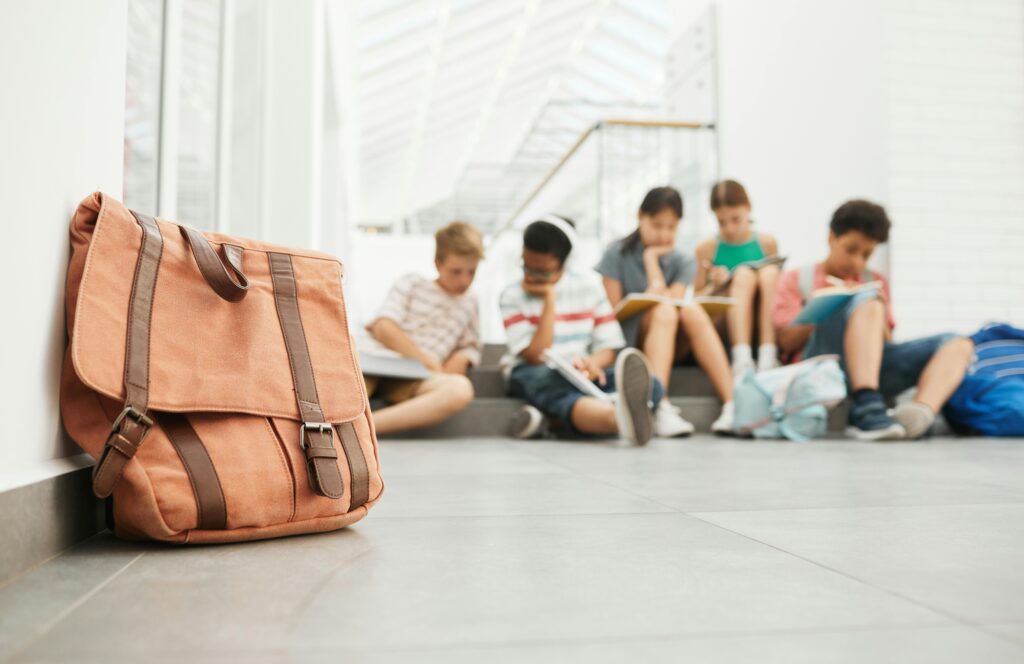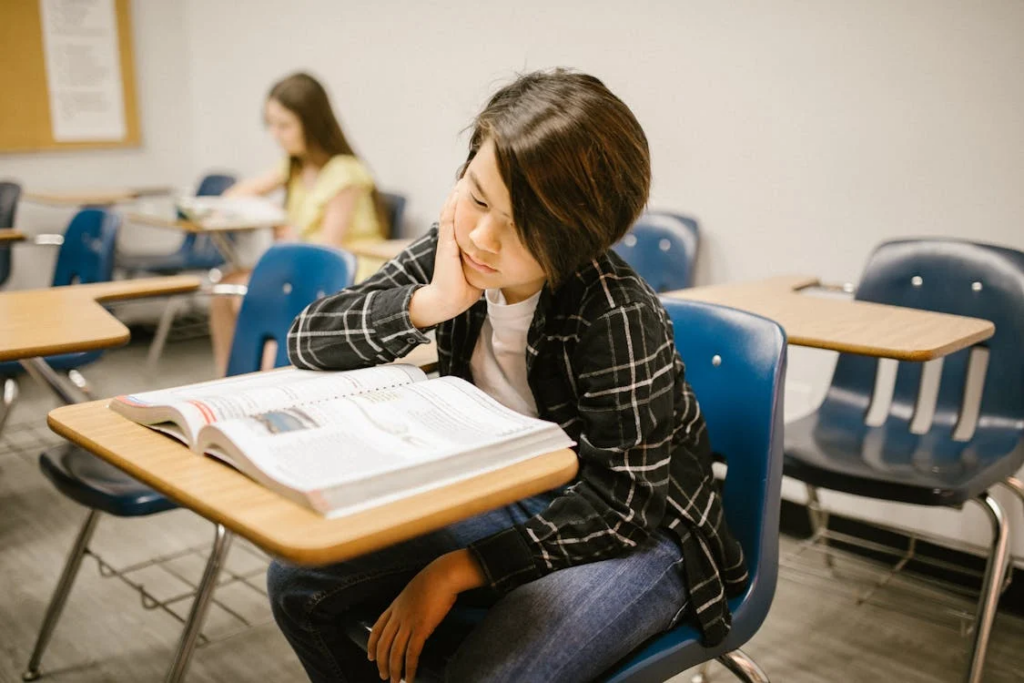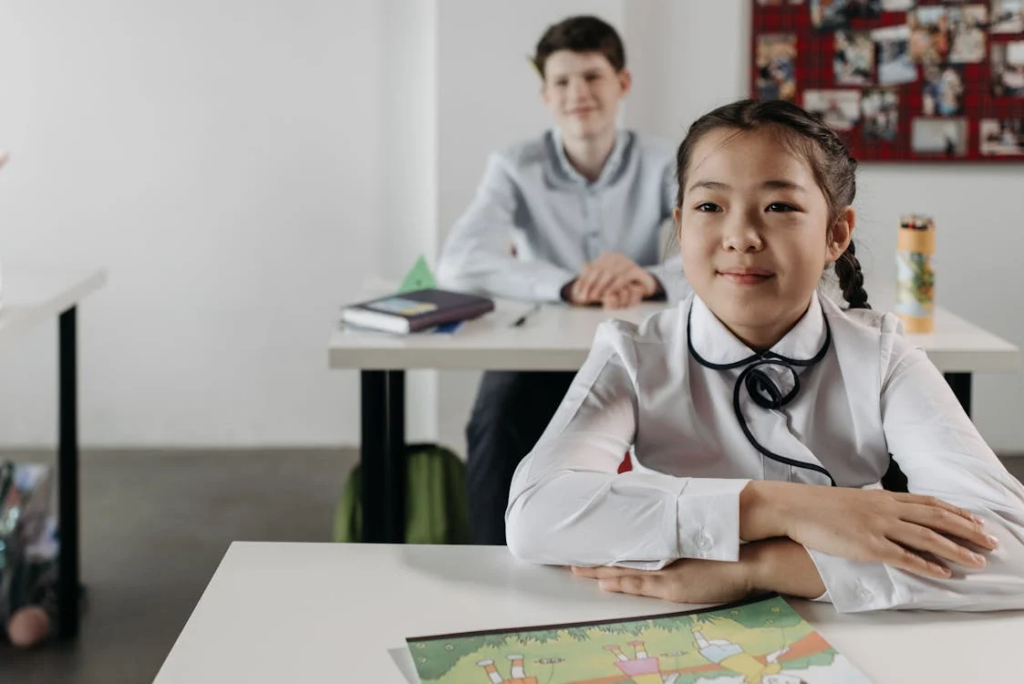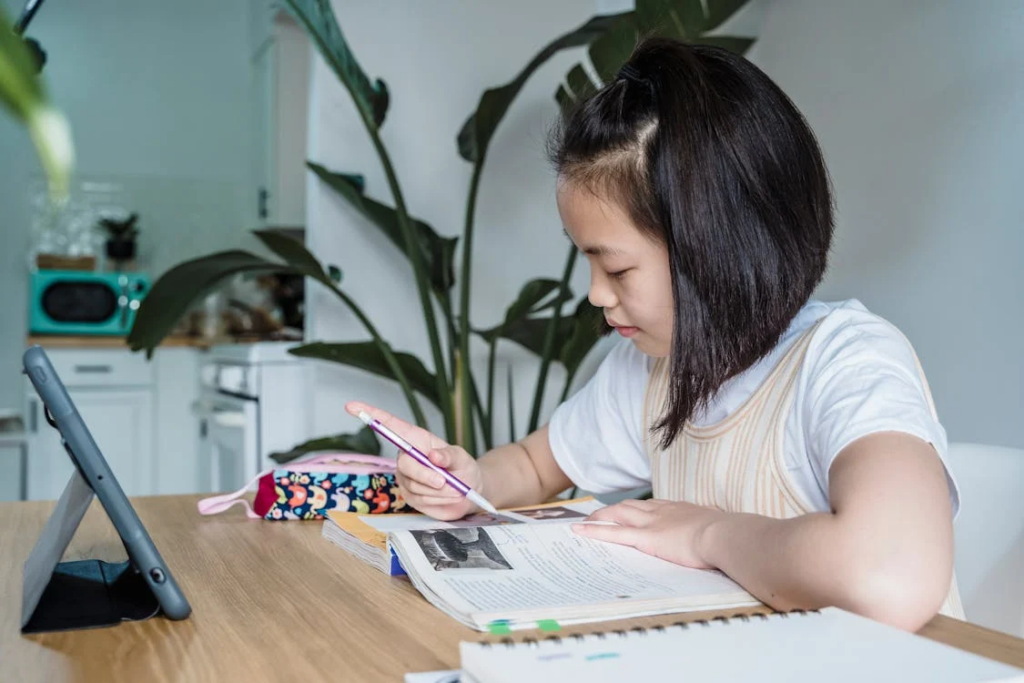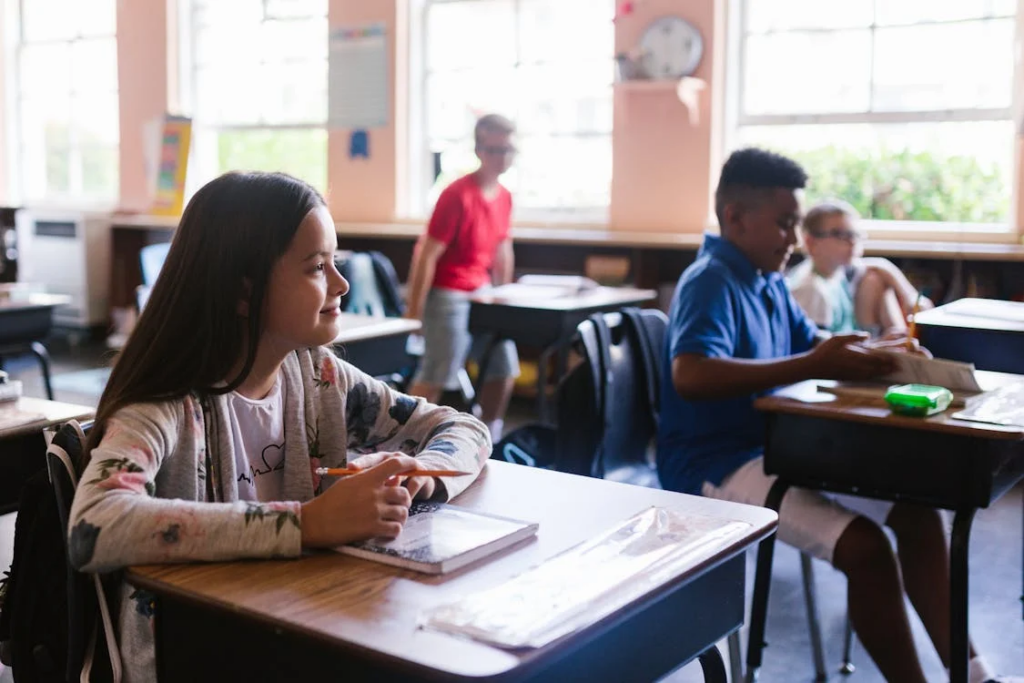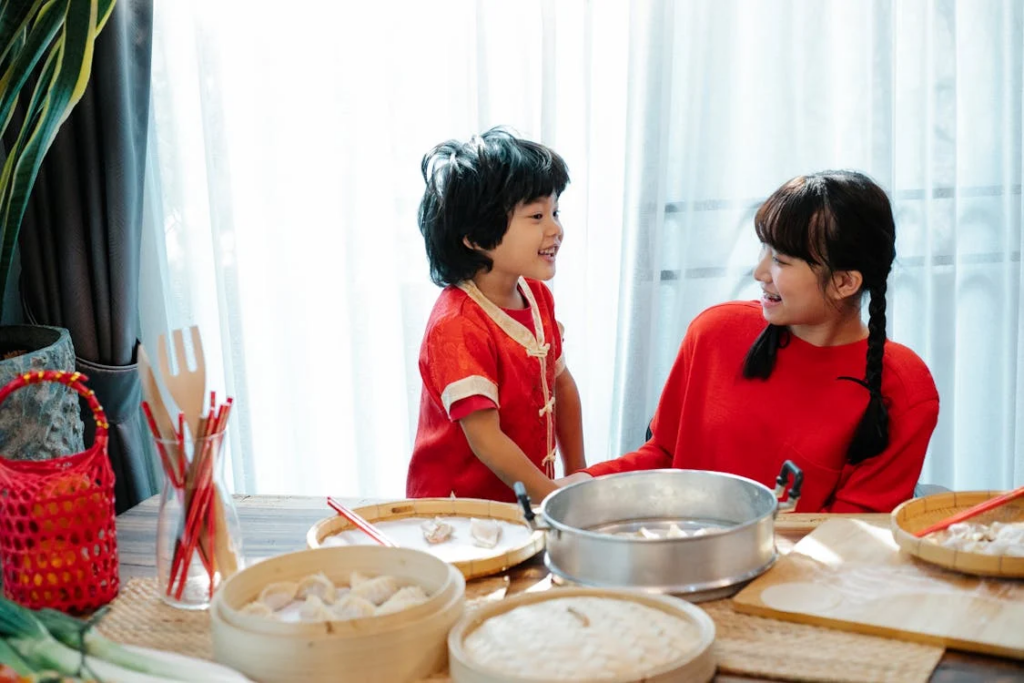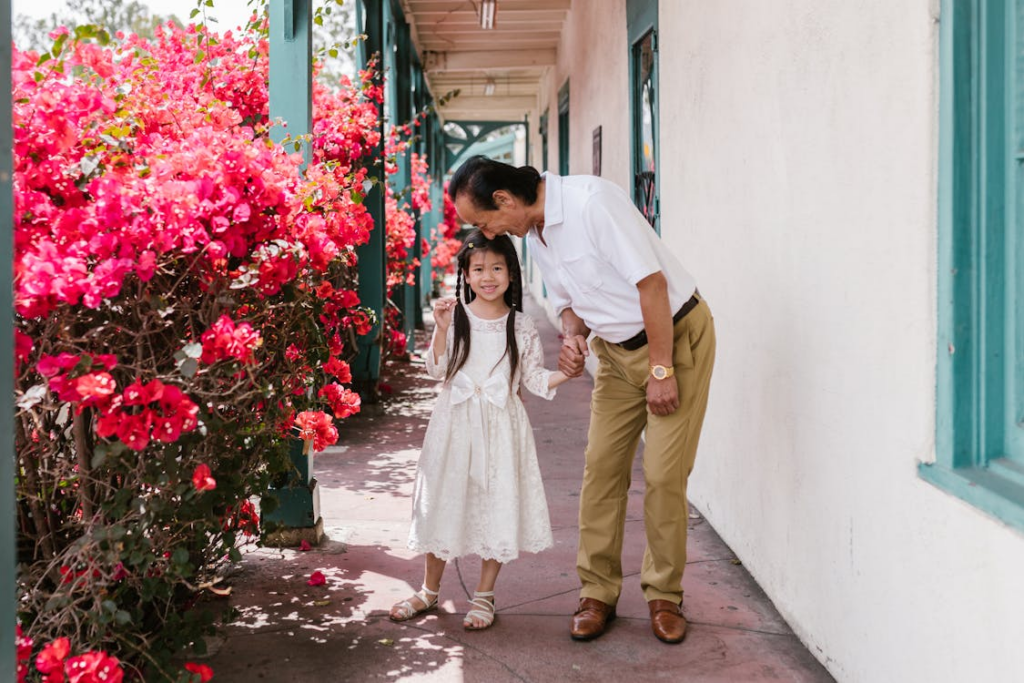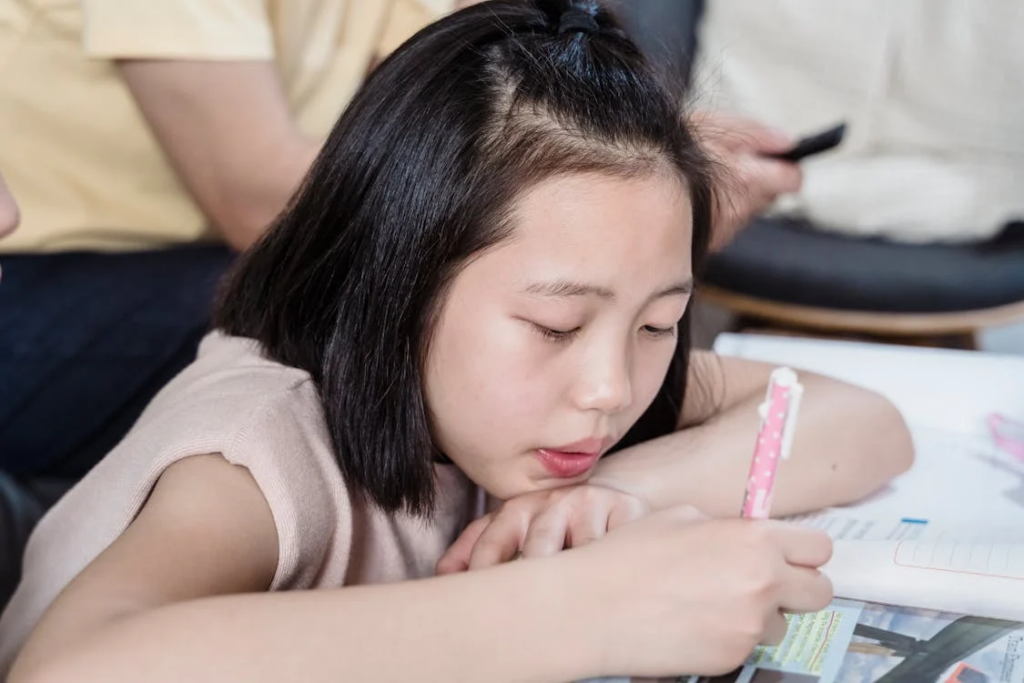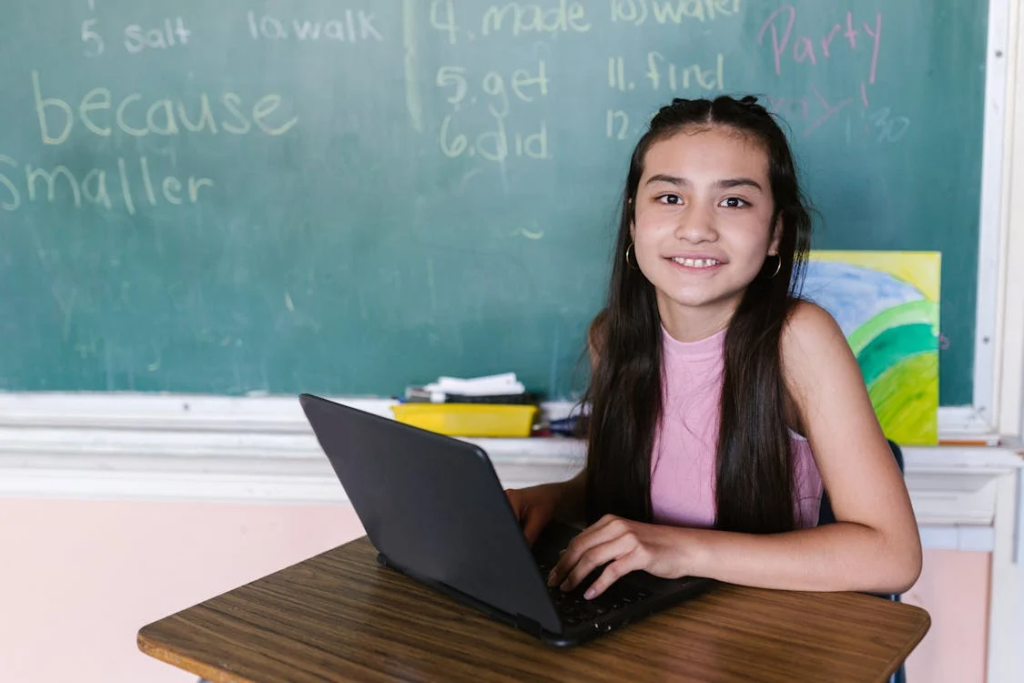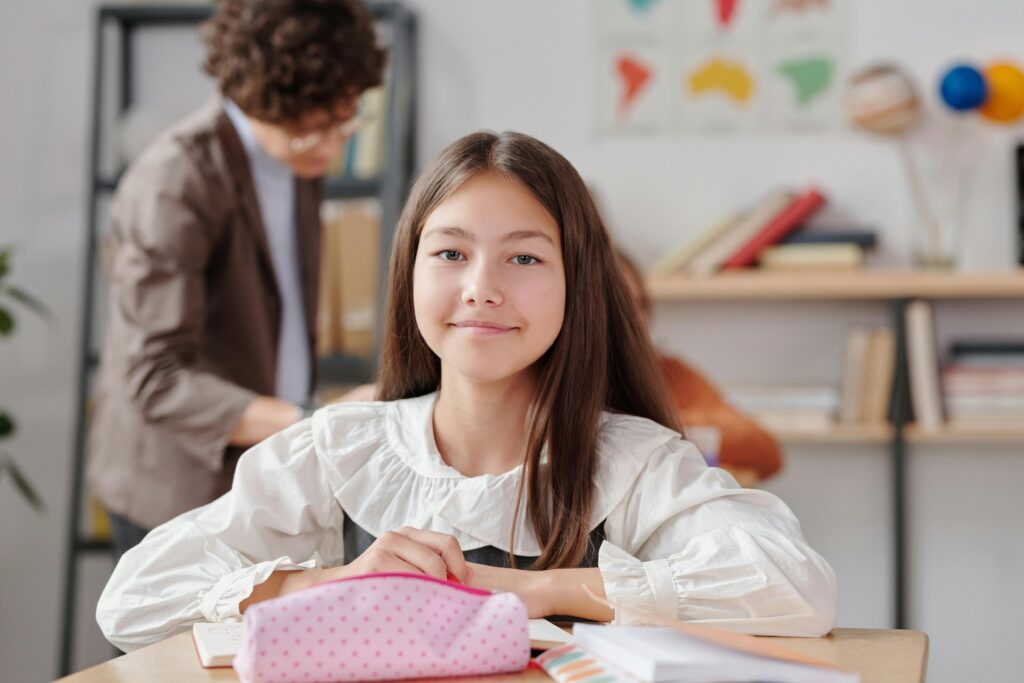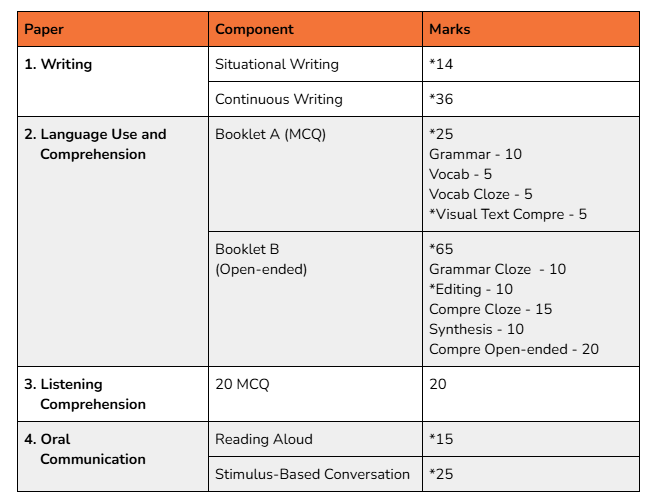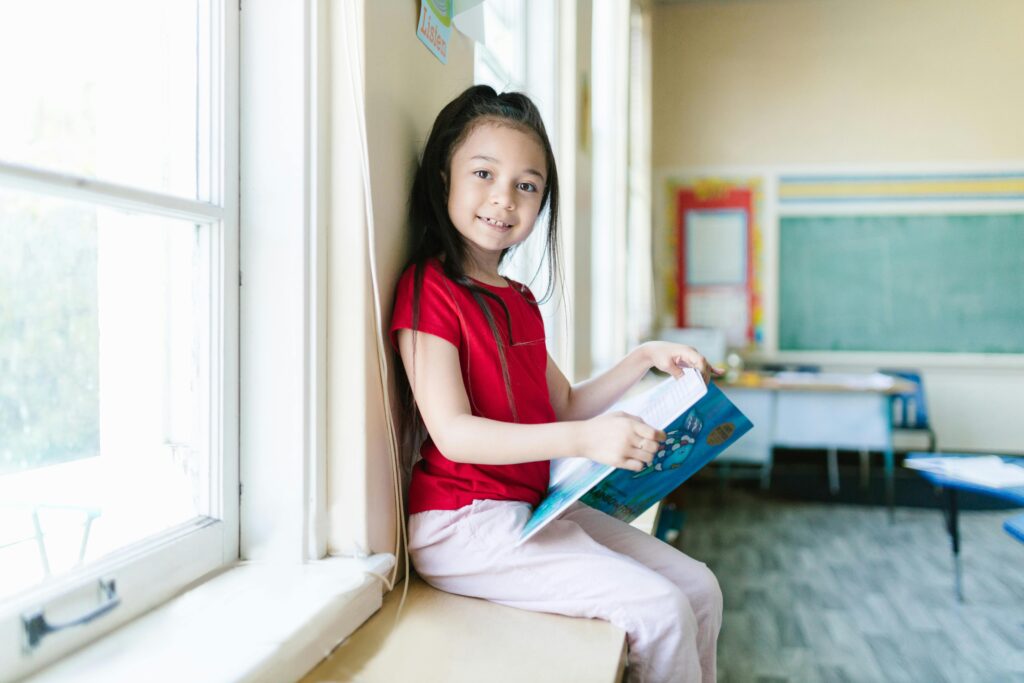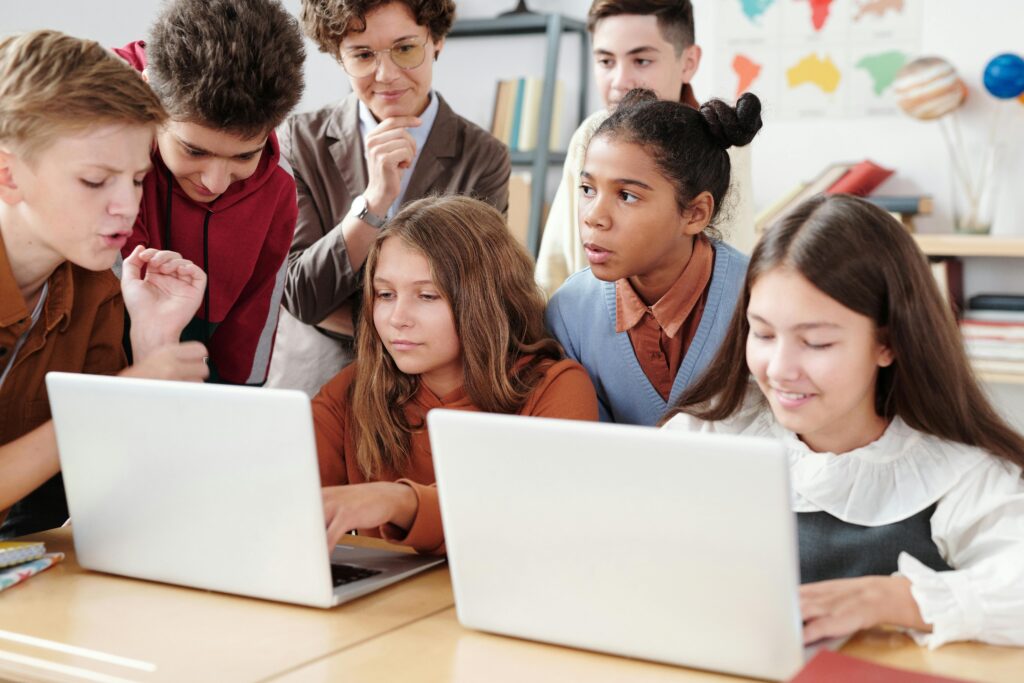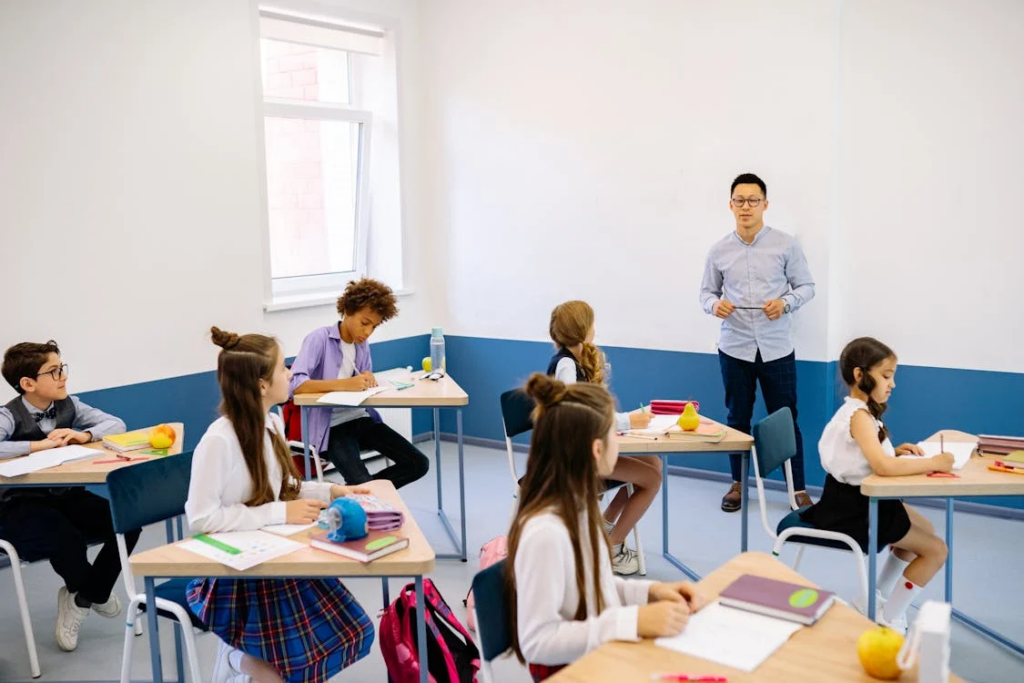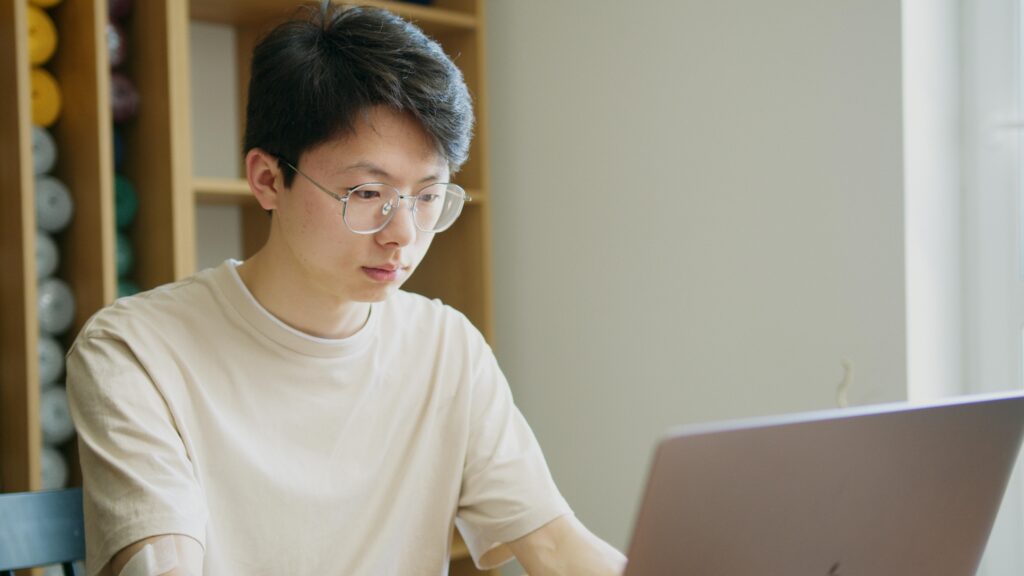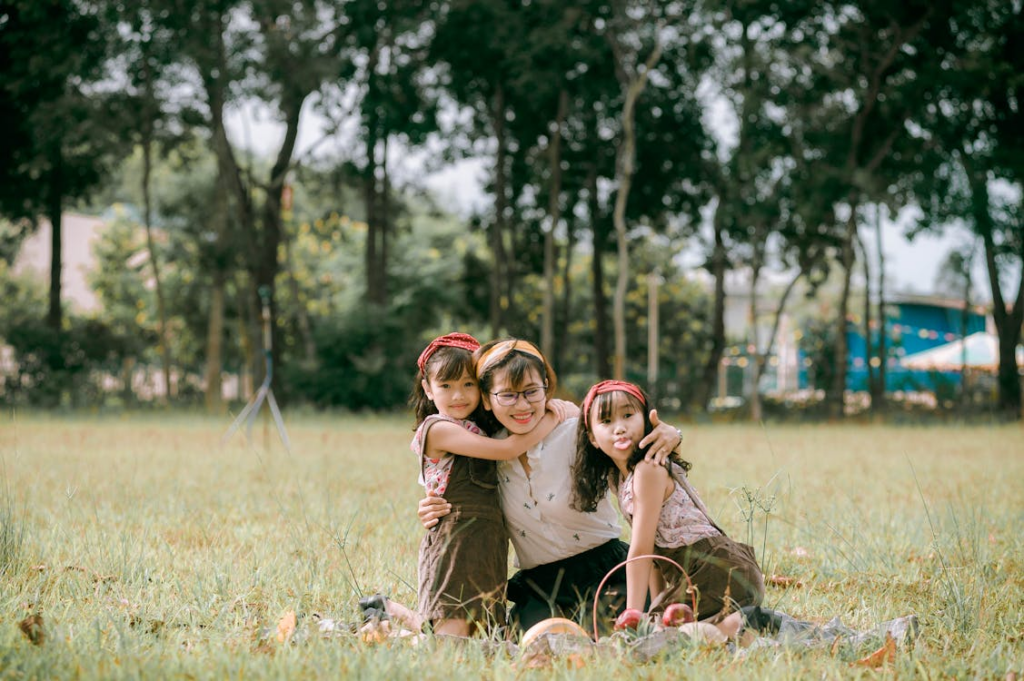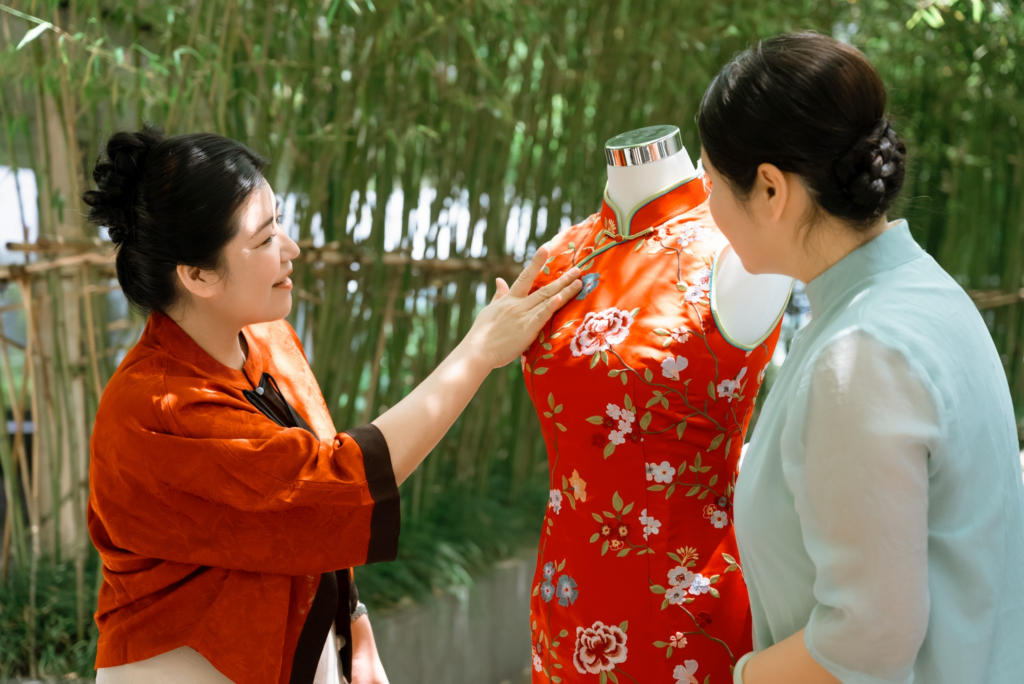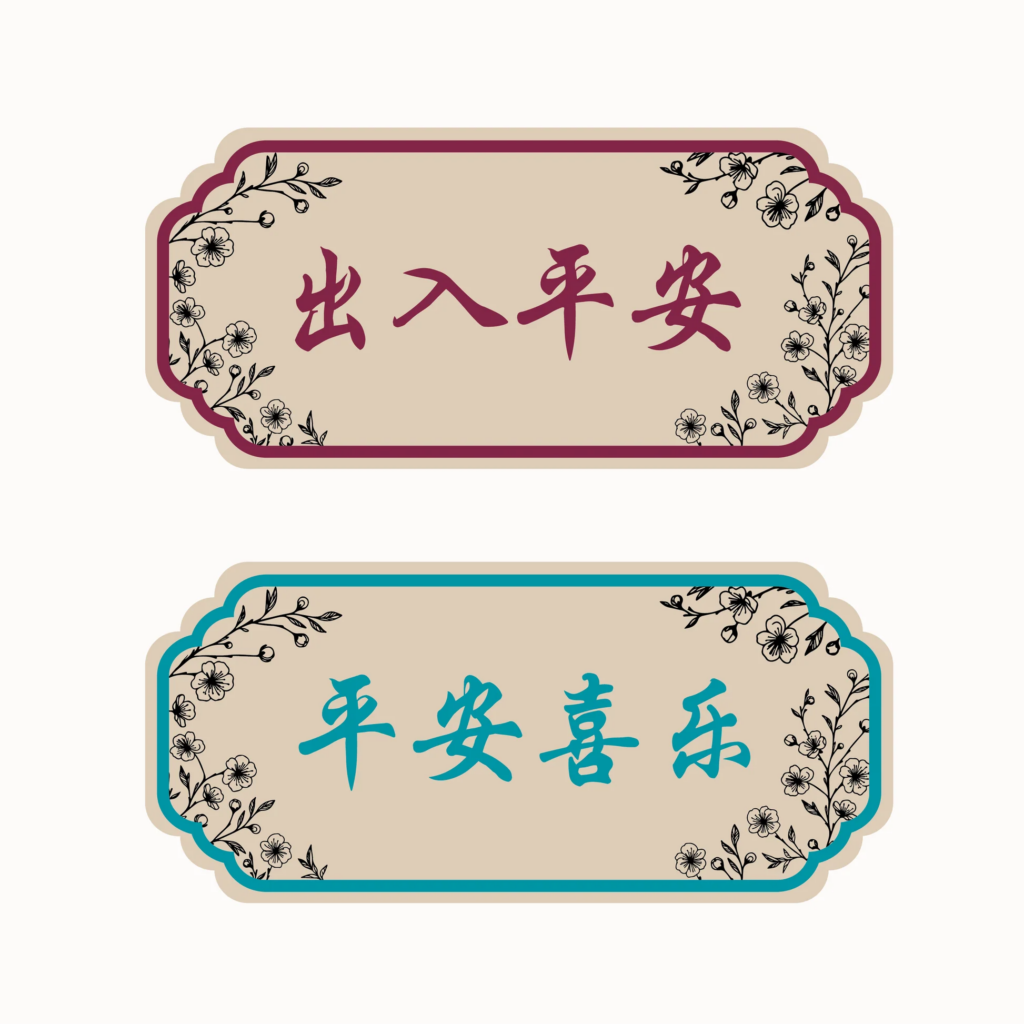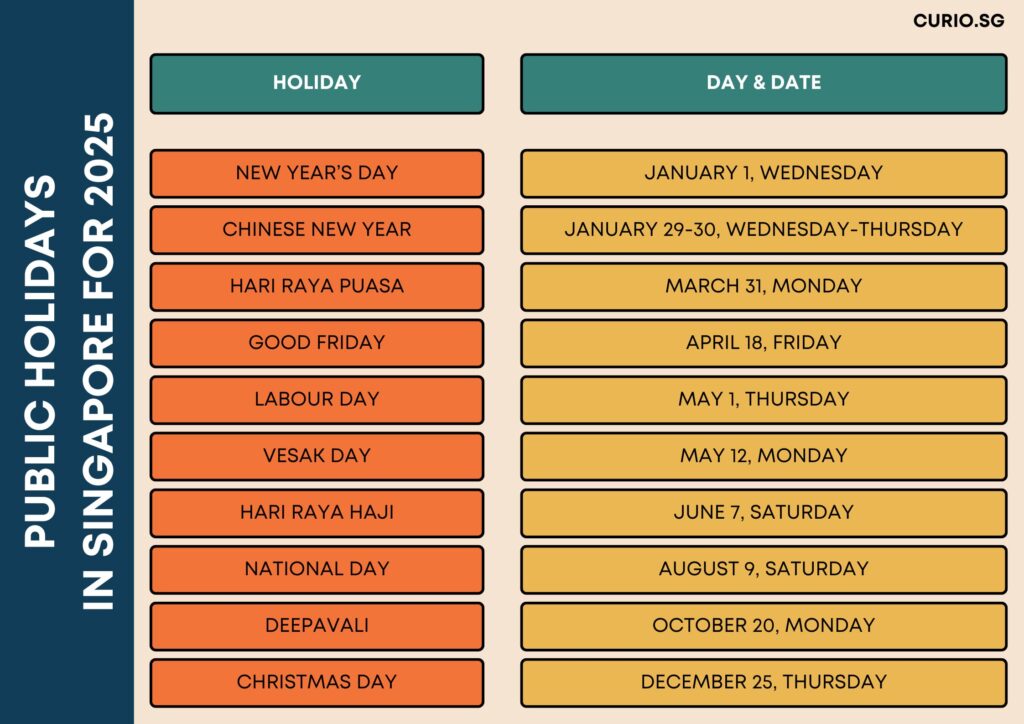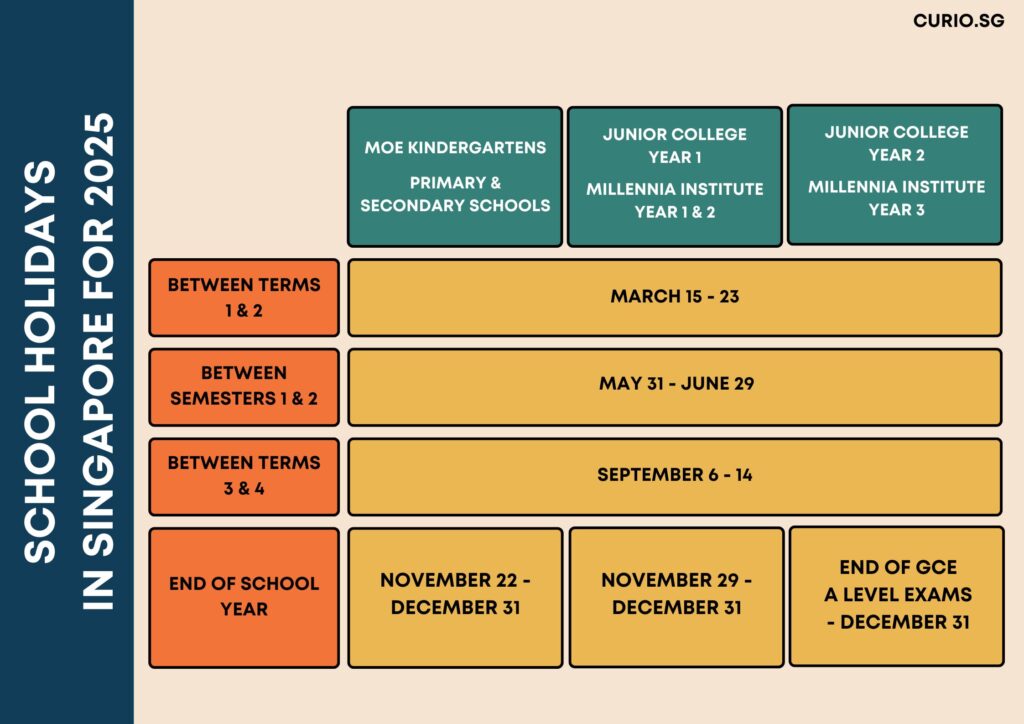"Online education is no longer the future—it’s the new normal, and it’s reshaping how our children learn."

In recent years, Singapore has witnessed a remarkable transformation in its educational landscape. Online education, once considered a supplementary learning method, has evolved into a mainstream approach that’s reshaping how our children learn. At Curio, we’ve observed this shift firsthand through our virtual tuition programs.
The global pandemic acted as a powerful catalyst, accelerating what was already a growing trend toward digital learning solutions. Now, as we navigate this new educational frontier, parents across Singapore are asking important questions: Is online education effective for my child? How can I ensure they receive quality instruction? What long-term impacts might this have on their development?
This comprehensive guide explores the multifaceted world of online education from a parent’s perspective, offering research-backed insights and practical strategies to help your child thrive in virtual learning environments.
The Evolution of Online Education in Singapore

Singapore’s education system has long been recognized globally for its excellence and innovation. Our transition to incorporating more digital learning options reflects this forward-thinking approach. What began as emergency remote learning during circuit breaker periods has evolved into sophisticated virtual classrooms that offer engaging, interactive learning experiences.
According to recent Ministry of Education data, over 90% of Singapore students now engage with some form of online education, whether through school-based blended learning programs, supplementary tuition platforms like on Curio.sg, or self-directed learning resources. This widespread adoption represents more than just a temporary shift—it signals a fundamental transformation in how education is delivered and consumed.
The integration of technology into education aligns perfectly with Singapore’s Smart Nation initiatives, preparing students for a future where digital literacy is as essential as traditional academic knowledge. Parents who understand this evolution can better position their children for success in both their academic journeys and future careers.
Benefits of Online Education for Singapore Students
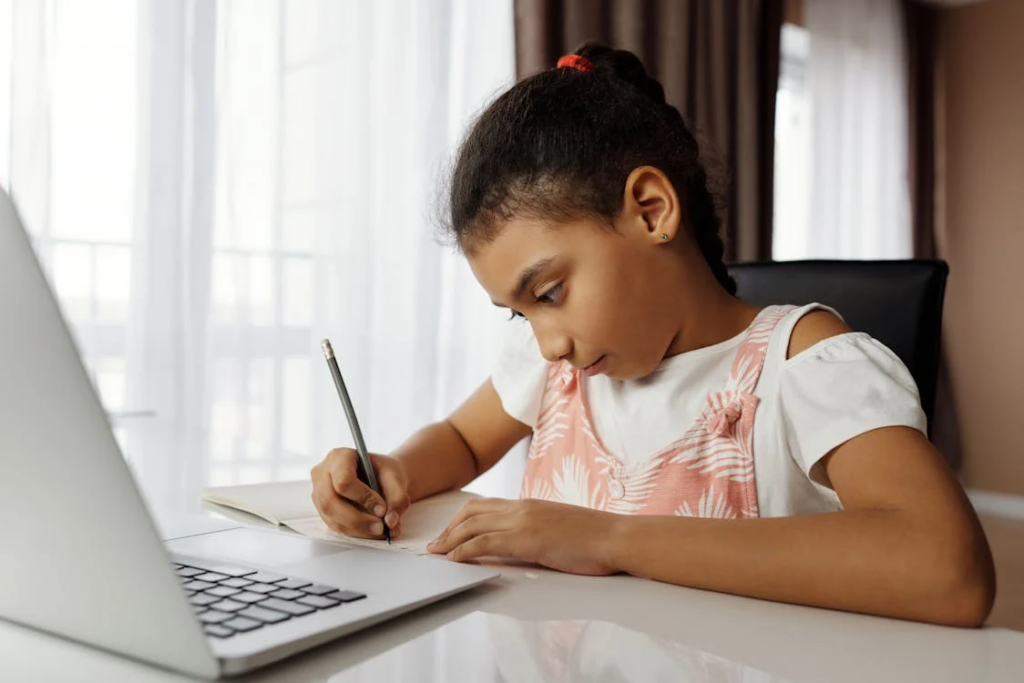
Individualized Attention and Customized Learning
One of the most compelling advantages of quality online education is the individualized attention students receive. At Curio, our virtual tuition programs feature smaller class sizes that allow our tutors to focus directly on each student’s specific needs and challenges.
For students who might feel hesitant to ask questions in traditional classroom settings, the online environment often provides a more comfortable space to seek clarification. Our tutors can identify knowledge gaps quickly and address them immediately, ensuring no student falls behind due to unresolved confusion.
The customized nature of online tuition also allows us to tailor teaching approaches to match your child’s academic goals, whether they’re aiming for exam excellence, conceptual mastery, or addressing specific subject challenges. This focused attention is particularly valuable in Singapore’s competitive educational landscape, where personalized support can make a significant difference in academic outcomes.
Access to Expert Educators
Singapore’s geographical limitations once restricted access to certain educators and specialised programs. Online education has eliminated these barriers. Through virtual learning platforms, your child can now learn from expert tutors regardless of their physical location.
At Curio , we leverage this advantage by connecting students with specialised subject experts who might otherwise be inaccessible. Whether your child needs advanced guidance or targeted help with specific examination techniques, online education provides access to tutors with precisely the right expertise.
This democratization of educational resources ensures that all students, regardless of which neighborhood or school district they live in, can access Singapore’s top educational talent.
Enhanced Time Efficiency
For many Singapore families balancing packed schedules of academic and extracurricular activities, online education offers valuable time efficiency. The elimination of commuting time—a significant consideration in our busy urban environment—allows students to redirect those hours toward actual learning or essential downtime.
Parents appreciate that online tuition eliminates the logistical complications of shuttling children between multiple locations after school. This efficiency is particularly beneficial for families with multiple children or working parents with demanding schedules. The time saved can be invested in family activities, recreational pursuits, or additional academic support in areas of need.
Engaging, Interactive Learning Experiences
At Curio, we understand that effective online education must be engaging and interactive—not simply a digital version of traditional lessons. Our tutors employ a wide range of teaching strategies that promote active participation and deep understanding.
Through carefully designed discussion questions, real-world problem-solving exercises, and collaborative learning activities, we create dynamic virtual classrooms where students actively engage with the material rather than passively absorbing information.
Our tutors are trained to use effective questioning techniques that stimulate critical thinking and promote deeper exploration of concepts. By incorporating real-time feedback and guided practice, we ensure students remain engaged and motivated throughout each session.
This approach transforms online learning from a potentially isolating experience into an interactive journey that develops both academic knowledge and critical thinking skills.
Challenges of Online Education: A Parent’s Perspective

The Digital Divide Concern
Despite Singapore’s technological advancement, the digital divide remains a relevant concern. Not all families have equal access to high-speed internet connections, dedicated learning devices, or suitable home environments for online learning.
This inequality creates an additional dimension to educational disparities that parents must navigate. While various support programs exist to address these gaps, it’s important for parents to realistically assess whether their home environment is equipped for successful online learning.
For families facing these challenges, blended approaches that combine some online elements with traditional resources may be more appropriate. Community resources like libraries and community centers can also provide access to necessary technology for families without adequate home setups.
Managing Screen Time and Physical Health
The substantial increase in screen time associated with online learning raises legitimate health concerns for many Singapore parents. Extended hours focusing on digital screens can potentially impact vision, posture, and physical activity levels.
Healthcare professionals recommend implementing the 20-20-20 rule (looking at something 20 feet away for 20 seconds every 20 minutes) to reduce eye strain. Ergonomic considerations, including proper seating, screen positioning, and lighting, also play crucial roles in maintaining physical health during online learning.
Social Development and Interpersonal Skills
Traditional schooling environments provide natural opportunities for social interaction, collaboration, and relationship building. While quality online education platforms incorporate interactive elements, they cannot fully replicate the organic social development that occurs in physical classrooms.
Traditional classrooms naturally foster social interaction, but today’s innovative online learning platforms are revolutionizing how students develop interpersonal skills in digital environments. Curio’s groundbreaking Sapience Method specifically tackles this challenge with remarkable effectiveness.
What truly sets Curio apart is its comprehensive approach to social intelligence education. Beyond academic content, the Sapience Method explicitly teaches communication techniques, active listening, conflict resolution, emotional intelligence, and cultural sensitivity. These skills aren’t left to chance encounters in hallways or playgrounds but are systematically developed through expert guidance and deliberate practice.
The innovative use of role-playing exercises, scenario-based learning, and guided social simulations allows students to practice interpersonal skills in safe environments before applying them in real-world settings. This methodical approach accelerates social development even with fewer spontaneous interactions, giving students confidence in diverse social contexts.
Central to the Sapience Method is the robust parent-teacher-student partnership. This collaborative approach ensures children develop both digital and interpersonal communication skills in a balanced, intentional way that meets their individual needs.
Many parents report that their children actually develop stronger social awareness through Curio ‘s metacognitive social reflection practices. By regularly analyzing their interactions and identifying areas for growth, students become more socially adept than peers who experience frequent but unexamined social interactions in traditional settings.
In today’s increasingly digital world, the Sapience Method prepares students for success in both virtual and physical social environments. By addressing social development with the same careful attention given to academic achievement, Curio ensures students graduate with the complete skill set needed for future success. Experience how intentional online education can enhance rather than limit your child’s social development journey.
How to Ensure Quality in Online Education
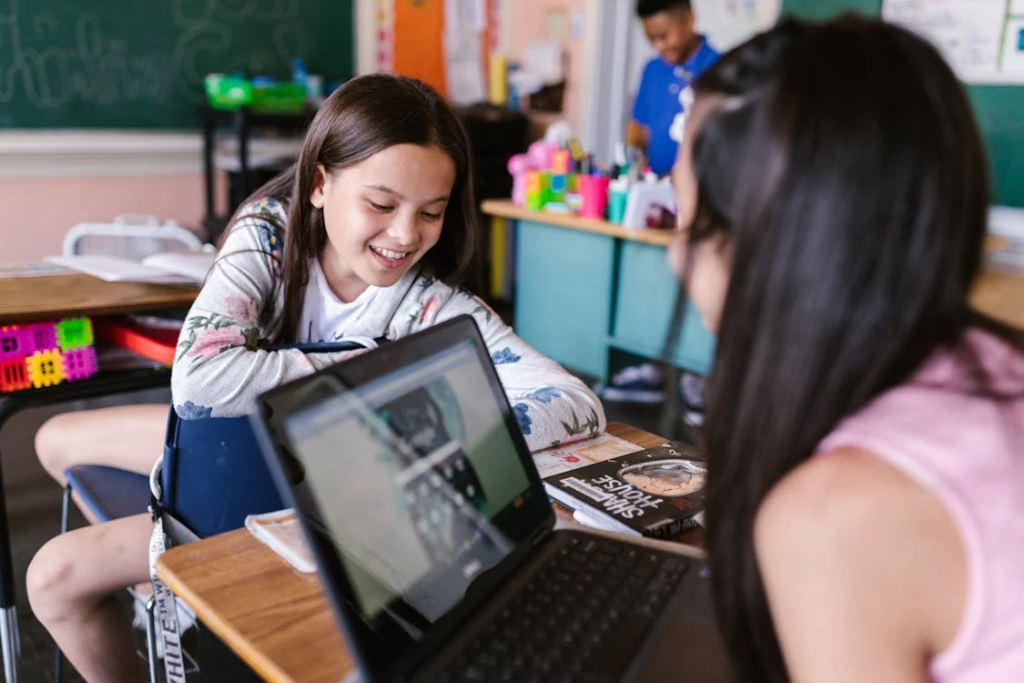
Evaluating Online Learning Platforms
Not all online education providers deliver equal quality. When selecting virtual learning opportunities for your child, consider these critical factors:
- Qualified Educators: Verify the credentials and experience of the instructors. Quality platforms like Curio employ educators with strong academic backgrounds and classroom experience.
- Interactive Learning Design: Effective online education goes beyond video lectures. Look for platforms offering interactive elements, discussion opportunities, and application exercises.
- Structured Curriculum Alignment: Ensure the program aligns with Singapore’s curriculum requirements, particularly for examination-focused subjects.
- Appropriate Technology: The platform should be reliable, user-friendly, and secure, with proper protocols for student data protection.
- Assessment and Feedback Mechanisms: Regular progress tracking and constructive feedback are essential components of effective learning.
By carefully evaluating these factors, parents can distinguish between high-quality online education programs and those offering limited educational value.
How Curio Supports Online Learning Excellence

As a leading virtual tuition centre in Singapore, Curio has developed comprehensive approaches to maximise the benefits of online education while addressing its challenges:
- Personalised Learning Paths: Our diagnostic assessments identify each student’s strengths and growth areas, allowing us to customise instruction accordingly.
- Expert Singapore Educators: Our tutors bring extensive experience with Singapore’s curriculum and examination requirements, ensuring relevant, targeted instruction.
- Interactive Learning Design: Our virtual classrooms incorporate discussion, application, and collaboration—moving well beyond passive video instruction.
- Balanced Screen Protocols: We structure sessions to include appropriate breaks and offline components, protecting student wellbeing.
- Parental Partnership: We actively involve parents through regular updates, progress reports, and strategy sessions to support home learning.
This comprehensive approach ensures that students receive not just academic instruction but develop the self-direction, digital literacy, and learning strategies essential for success in both online and traditional educational environments.
Conclusion: Making Informed Decisions
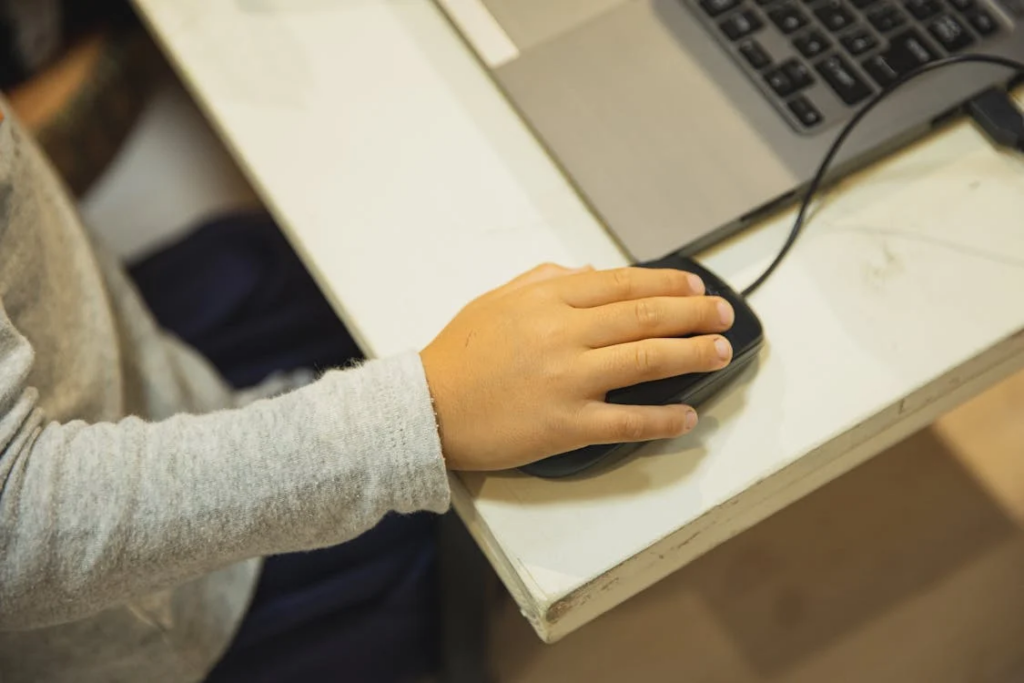
Online education has secured its place in Singapore’s educational landscape, offering unprecedented flexibility and accessibility. However, its effectiveness depends on thoughtful implementation, appropriate support, and individualized application.
As parents, understanding both the benefits and limitations of online learning allows you to make informed choices that align with your child’s unique needs, learning style, and educational goals. By actively shaping your child’s digital learning experience rather than passively accepting standardized approaches, you can leverage the strengths of online education while mitigating its potential drawbacks.
The future of education is neither entirely digital nor exclusively traditional—it’s an intelligent integration of both approaches, customized to each learner. At Curio, we’re committed to guiding Singapore families through this educational evolution, providing the expertise, resources, and support needed to thrive in our changing educational landscape.
By embracing the opportunities of online education while thoughtfully addressing its challenges, we can prepare our children not just for academic success but for productive participation in Singapore’s increasingly digital society.
Ready to explore how quality online English tuition can benefit your child? Contact Curio today to learn more about our best tuition programmes!









